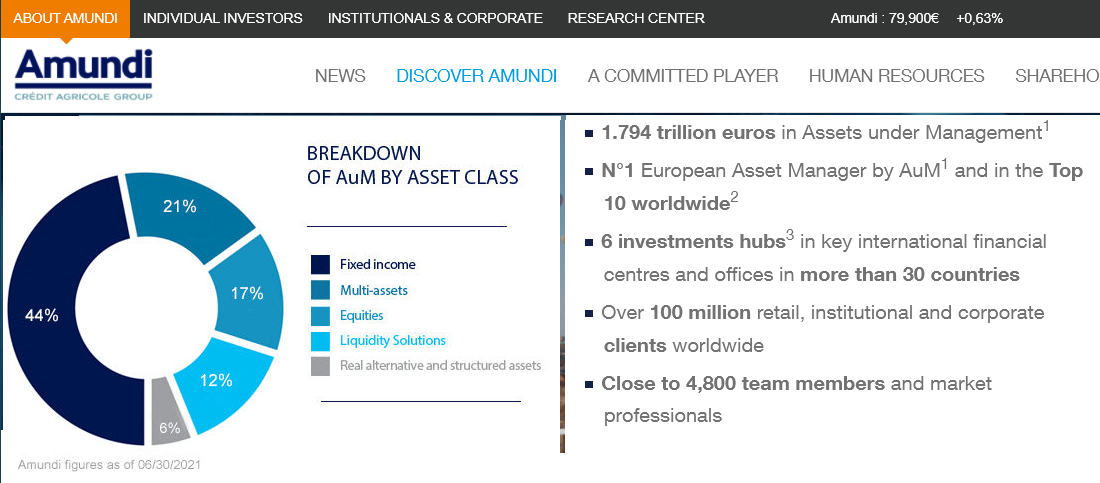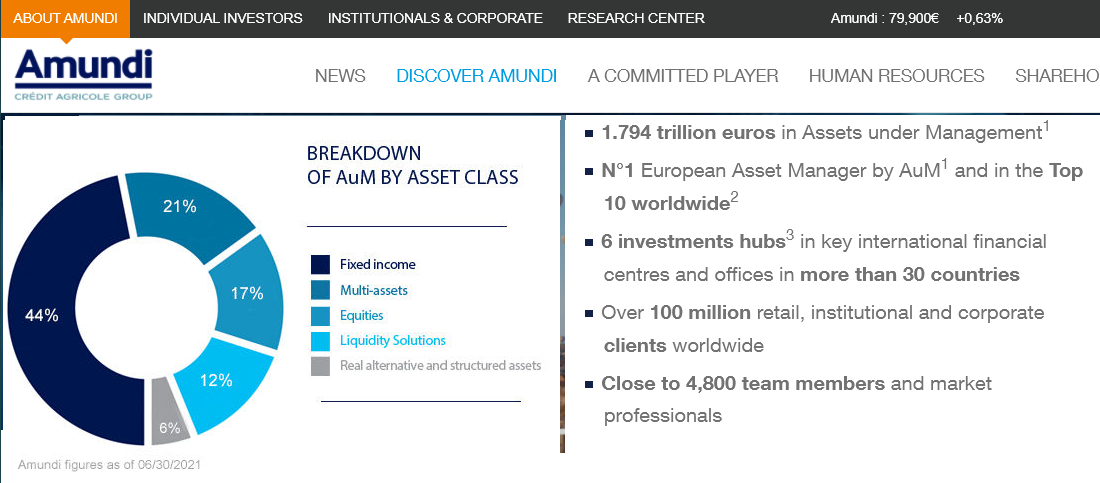Some financial experts believe that the price of cryptocurrencies is solely driven by investors’ speculation, and in the past few years, detractors have suggested that fixed income instruments like Treasury bills have no relation to do with digital assets. This point of view is fairly accurate because at this time, most investors from the asset class are not allowed to invest in Bitcoin (BTC) and altcoins.
Public pension funds, retirement plans, fixed income and most non-leverage equity and multimarket mutual funds can only invest in certain asset classes. These limits arise from the fund class regulation, the fund’s own bylaws and the administrator’s risk assessment.
Not every fund can invest in Grayscale Bitcoin Trust
Unbeknownst to most, the mutual fund manager does not have absolute control of the investment decision. The fund administrator is a third-party company that acts as an intermediary between the fund manager and investors to verify and distribute assets tied to investments.
Therefore, the fund administrator might rule that a particular instrument poses a significant risk and either limit the exposure or deny access to it. The trust fund, in this example, is the investment vehicle used by the Grayscale Bitcoin Trust, or GBTC, and involves an issuer credit risk.


Global asset managers will typically have a 30% to 60% fixed income exposure, so it is very unlikely to have any exposure to cryptocurrencies. Amundi, the leading European investment firm — with over $2.1 trillion of assets under management — is a good example.
According to BCG Group, the global asset industry has surpassed $100 trillion, with North America holding nearly 50% of this figure. Unfortunately, these astronomical figures cause analysts to incorrectly relate those numbers to the Bitcoin exchange-traded fund (ETF) instrument.
#Grayscale has partnered BNY Mellon, the world’s largest custodian bank with $41 Trillion in assets in custody. In Feb 2021, #BNYMellon announced they were entering the #Crypto space. Big move by Grayscale in the battle for a #Bitcoin ETF.@Grayscale @BNYMellon #etf #bitcoinetf pic.twitter.com/RfSO7UOKGS
— Thinking Crypto – YouTube Channel & Podcast (@ThinkingCrypto1) July 13, 2021
According to Reuters, more than half of all investment-grade corporate bonds in the eurozone now trade with negative yields. This includes $7.7 trillion worth of government debt, which accounts for 70.8% of the total.
Financial Times reported that the value of the global negative-yield debt has surpassed $16.5 trillion, fueled by investors’ more pessimistic outlook and bond purchases by central banks.
Investors will gradually exit fixed income strategies
There’s reason to believe that investors getting negative yields will eventually move to riskier assets, although it is improbable that a total shift to cryptocurrencies will occur. However, the most likely beneficiaries are non-leverage multi-assets and alternative investments, as these instruments usually carry lower risk than equities and high-yield structured assets and bonds.
Consequently, an eventual Bitcoin ETF approval by the United States Securities and Exchange Commission will open the doors for a vast array of funds that are currently shut out from cryptocurrency exposure.
Even if the ETF is exclusively reserved for a part of the equities and multi-asset classes, the new instrument doesn’t even need to capture $500 billion to propel Bitcoin’s market capitalization above $2 trillion. Less than 2.5 million coins are deposited on exchanges, equivalent to $125 billion readily available for trading.
Commodity funds are the best candidate
According to iShares, the value of global commodities exchange-traded products adds up to $263 billion. Considering that not every mutual fund is listed, it is reasonable to assume that the actual number surpasses $500 billion.
This means that a mere 1% allocation from this specific asset class is equal to $5 billion, and such an investment would surely be enough to propel Bitcoin’s price above its $65,000 all-time high.
If and when a BTC ETF is approved, traders will front-run the potential inflow as soon as the approval is announced, regardless of whether the products capture only $5 billion in the first couple of months.
As long as governments and central banks continue injecting liquidity, buying bonds and issuing stimulus packages, there will be a gradual inflow to riskier assets, increasing the demand for the ETF.
The views and opinions expressed here are solely those of the author and do not necessarily reflect the views of Cointelegraph. Every investment and trading move involves risk. You should conduct your own research when making a decision.
